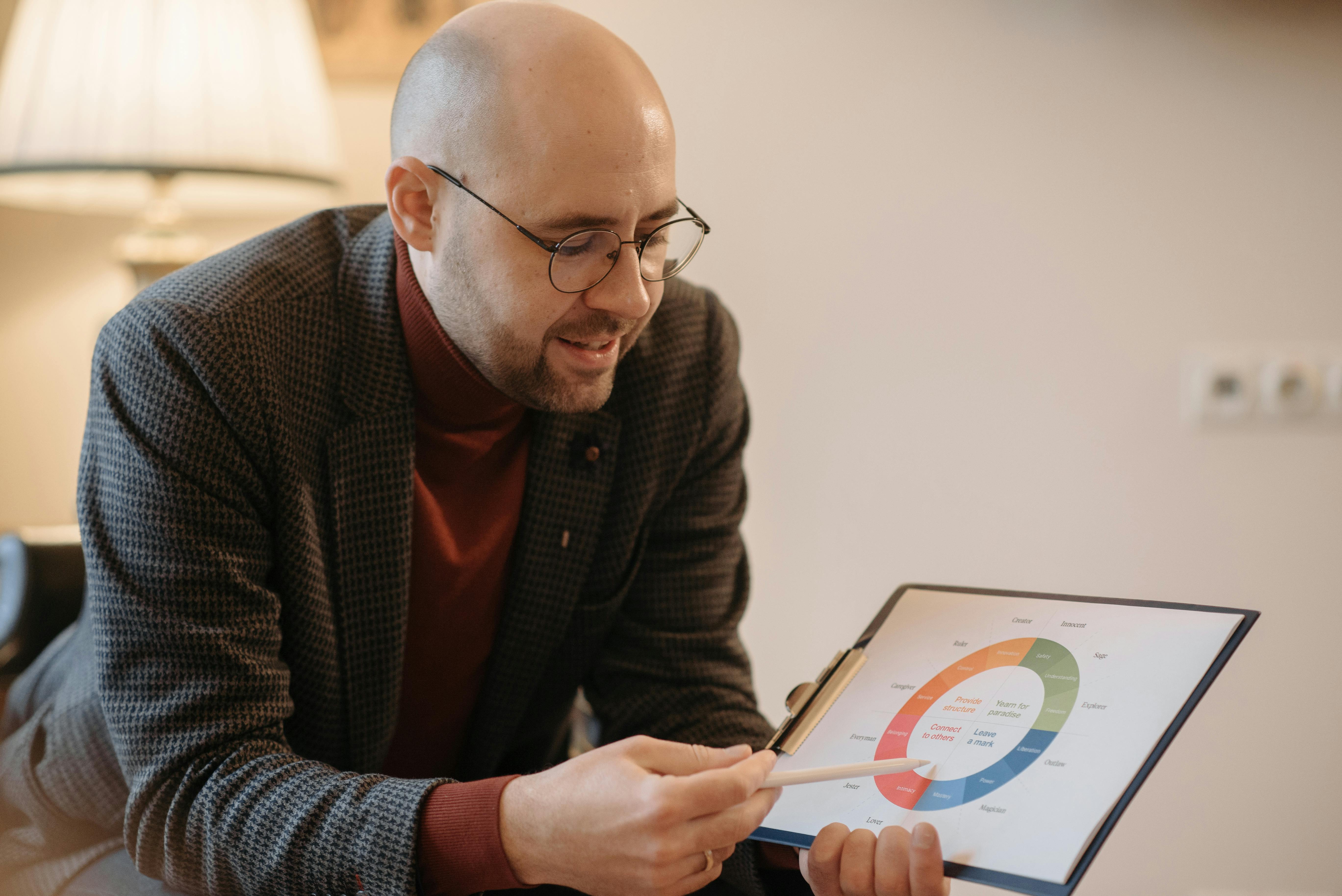Eggs have been a symbol of life, fertility, and rebirth ever since people started eating them. Some believed that the golden yolk of an egg symbolized the sun, which was necessary for life and later, when engaged in agriculture, for crops to grow. In the creation myths of China and the Indian subcontinent there is a common theme, the idea that the world was born from a “cosmic” egg. There are also Norse creation myths that feature them.
The delivery of eggs in spring began in pagan times, as they were connected in popular beliefs as the incarnation of the sun (the yolk), so when the sun began to shine again after a long, cold winter, people celebrated the return of the sun.
Christians adopted the pagan practice of giving eggs at Easter because for them the egg symbolized the resurrection of Christ, just as before Christ eggs had meant the return of the sun that would ensure the fertility of crops in northern climes.
The eggs could have been dyed red or other colors; charcoal and bright dyes from plants were used. Orthodox Christians still dye eggs red in Greece and Russia, and Easter is the most important day on their calendar, taking precedence over Christmas.
In some Slavic countries, eggs were painted by hand instead of dyed, and over time they became more lavishly decorated. Faberge took decorated eggs to a new level with the ones he created for the Russian royal family during the 1899s until 1917 and the overthrow of the Tsar. These were jewel encrusted and made with precious metals, sold today for large sums and highly prized in the museums where they are found.
The chocolate Easter egg is relatively new to the history of spring egg delivery, having been first made in Europe by French and German confectioners in the early 1800s. Some of these early ones were solid as the process for molding chocolate had not been developed. Early moldings were difficult to make as the chocolate paste had to be spread by hand into individual molds.
It was the Dutch who first invented a press to separate cocoa butter from cocoa beans in 1828, and this allowed manufacturers to make more chocolate and Easter eggs. The first were made of dark chocolate, since milk chocolate did not appear on the market until the beginning of the 20th century.
Now, of course, chocolate Easter eggs are big business for chocolate makers in the West, since every child gets one at Easter. The symbolism may have been forgotten, but the tradition of giving eggs in spring has been carried on through the centuries. The type of egg has changed, but not the gift.




